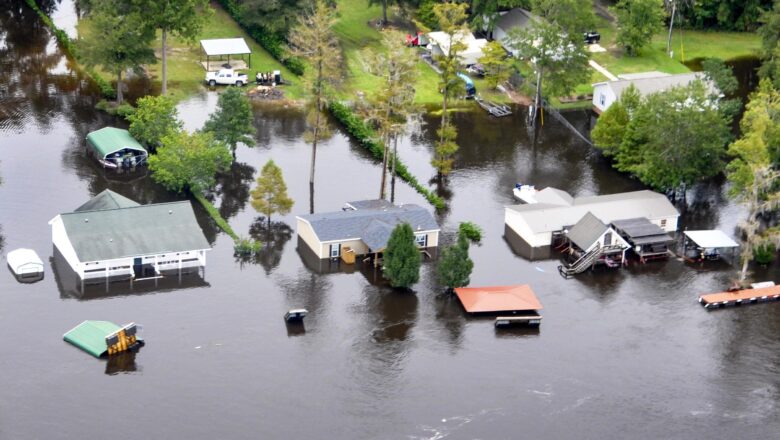
Why India Is Reviving Civil-Defence Drills: Strategic Readiness in a Tense Era
According to Dhillon P., working on disaster risk reduction, and experience in military and government sectors Featured in LinkedIn Article that In the aftermath of the Pahalgam terror attack on 22 April 2025, which killed 26 tourists, India has swiftly pivoted to a civil-preparedness footing. Blaming Pakistan for the incident and facing retaliatory missile tests from Islamabad the Union Home Ministry has ordered simultaneous civil-defence drills in 244 districts categorized as “A & B” on 7 May 2025. This marks India’s largest civil-defence exercise since 1971, signalling that civilian readiness is now seen as central to national security.
What Will Happen on 7 May?
The drill will include a series of coordinated emergency actions, designed to simulate real attack scenarios and te...









